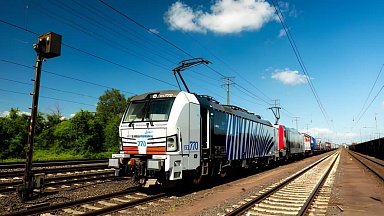Except for Brunei, all Southeast Asian countries either already are, or potentially will be involved in major rail projects with China. These projects can be divided into three groups according to their connection with the Chinese rail networks. The first group includes Laos, Myanmar, Thailand and Vietnam, which have current rail projects or have completed ones directly connecting them with China. The second group is Cambodia, Malaysia, and Singapore, which have current or future rail projects which could connect them with China. The third group includes Indonesia and the Philippines, which are isolated from the Asian continent due to their archipelagic environment and thus have no connection with China in the foreseeable future, but Chinese investment there still generates geopolitical impact.
As China’s rail diplomacy in Southeast Asia has progressed into the construction and operation stages, the advantages and disadvantages of its rail diplomacy have become apparent. Currently, major projects with geopolitical relevance to China are operational in Indonesia, Laos, and soon will be in Malaysia and Thailand. It is likely that others will be constructed in Cambodia, Myanmar, Singapore, and Vietnam.
Beijing has demonstrated that its rail technologies can operate in foreign, particularly Southeast Asian, environments, showing China’s capability to adapt its civil engineering, signal, rolling stocks, and other related sectors to local conditions. That is, Chinese rail projects are not only affordable, at least for the time being, but also feasible. These completed and ongoing projects are likely to enhance the bilateral relationships between China and the host countries in the region. Joint ventures and other kinds of interactions through these projects will further enhance bilateral cooperation as the Chinese elements in the rail networks of hosted countries will only become more salient. Additionally, trade via rails, particularly raw materials and industrial sub-products for international production chains, naturally contributes to economic integration.
The weaknesses in China’s rail diplomacy are geostrategic accessibility and bilateral influence. Although the BRI originated in plans to bypass the Malacca Strait, no Chinese rail in Southeast Asia has achieved this goal yet, neither through Myanmar nor Thailand; so far, there is only a natural gas pipeline through Myanmar.
Beijing’s slow progress can be attributed to the dynamic political situations in Bangkok and Naypyidaw; in contrast, its cooperation with Vientiane is efficient without any political upheaval during their bilateral cooperation. However, managing partners is unavoidable in foreign affairs, and the cases of Myanmar and Thailand imply that China lacks policy leverage and/or political will to ensure its geostrategic goals are fulfilled on its schedule. Since Bangkok has not started its southward HSR project and Naypyidaw has not carried out the rail line between Kyaukpyu and the Chinese border yet, Beijing still has much work to do with its partners to obtain rail access to the Indian Ocean.
In addition, China’s rail projects are only recent and not comprehensive. Therefore, they are unlikely to dominate host countries’ land transport.
Bahan, Laney. 2024. «China’s Rail Diplomacy in Southeast Asia — the Asia-Pacific Journal: Japan Focus.» The Asia-Pacific Journal: Japan Focus. September 23, 2024. https://apjjf.org/2024/9/wu.



